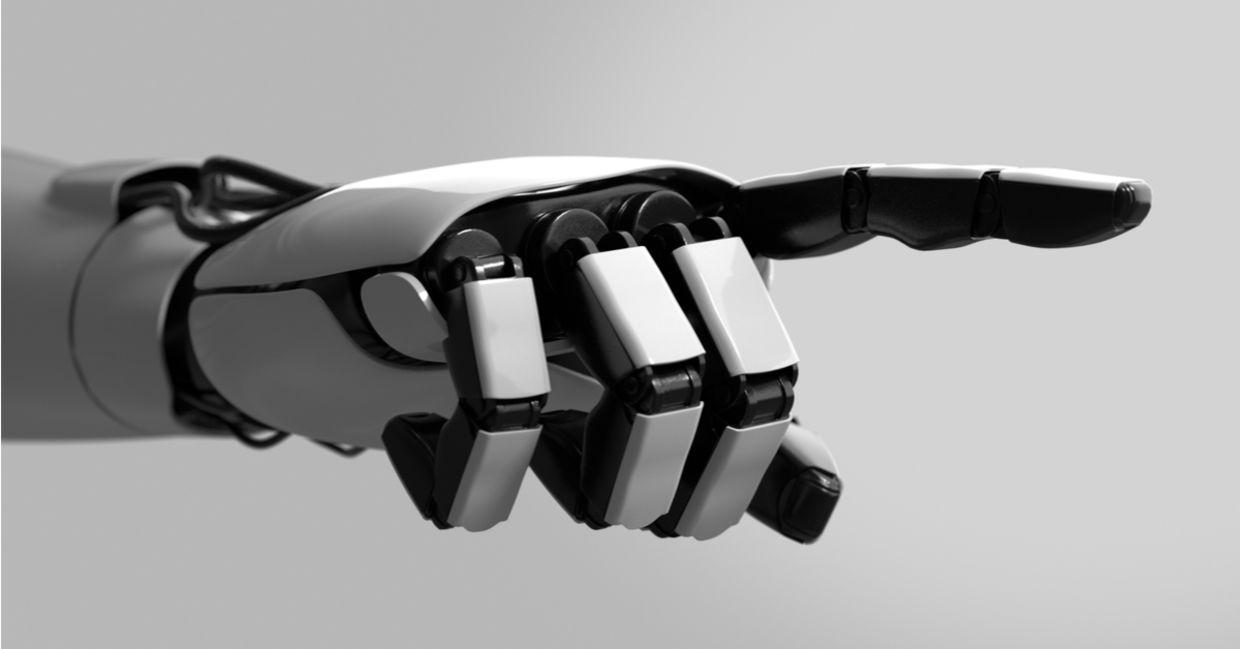
(jm1366 / Shutterstock.com)
Medical innovations are changing the way people think of prosthetics. Many are 3D printed so they look more lifelike and some are robotic so that they can mimic some of the functions of limbs. Now, researchers in Italy have developed a biometric prosthetic hand that looks and acts similar to a human hand.
In fact, the Hannes prosthetic hand (named as a tribute to Johannes “Hannes” Schmidl a pioneer in prosthetics) is able to restore 90 percent of functionality to the user according to a press release from Istituto Italiano di Tecnologia (IIT)in Genova, Italy where the hand was conceived and born. It took seven years of research that was conducted between IIT and Centro Protesi INAIL to come up with the Hannes.
The research was just featured in the current issue of Science Robotics and was awarded the international design prize Compasso d'Oro for its original and innovative concept.
The Hannes hand, according to the researchers, is a myoelectric system that was designed to be worn all day and it is fully adjustable for different limb impairments. There is an array of surface electromgraphic sensors that can detect residual limb muscle activity in the arm which are then contracted by the user to perform movements.
This is Hannes, a biomimetic prosthetic hand, developed by researchers at the Italian Institute of Technology and the Centre of Prosthetics INAIL. It can replicate a human hand and restore 90% of functionality to people with upper-limb amputations pic.twitter.com/ktWeabyi0j
— Reuters (@Reuters) September 24, 2020
Specially developed software and a Bluetooth connection are used to customize the uses of the hand for each user. The Fingers of the Hannes can be flexed and positioned so that they operate like real fingers. The thumb can be oriented in three different positions including a fine grip to pick up small objects like a pencil, a lateral grip to pick up thin items, and a power grip that can move heavier items.
The research team conducted experiments to check Hanne's performance and determined that the prosthetic can perform a full closed grasp of an object in less then a second. This makes the robotic limb’s performance very human like in function.
This follows previous research in robotic limbs. In 2019, researchers at the Ecole Polytechnique Federale de Lausanne in Switzerland developed a device that allowed amputees to sense a limb’s position and to regain their sense of touch according to Swissinfo.
This device works by stimulating nerves in the forearm which then provide sensory feedback mimicking the way a natural hand works. Silvestro Micera from the EPFL told Swissinfo that the device, “can deliver both position feedback and tactile feedback simultaneously and in real time – an improvement on other recent advances allowing patients a basic sensory knowledge of items.”
The research which was published in Science Robotics showed that there was a 75 percent accuracy in sensing objects. This work is still ongoing.
Researchers from Carnegie Mellon University in Pittsburgh, Pennsylvania made a major breakthrough, in 2019, in developing a robotic arm that is controlled by the user’s mind using only thoughts. This noninvasively controlled limb has the potential to bring back usage to people who have paralysis and not missing limbs.
Since we use our hands to do so much including: eating, dressing, driving, and working, all of these innovations in prosthetic technology to make functional hands will greatly improve the quality of life for the people who use them.
YOU MIGHT ALSO LIKE:
The prosthetic named "LUKE" returns hand function through nerve stimulation
New Implant Brings Hope to People With Paralysis
In a World's First, Tiger is Receiving a Prosthetic Leg







